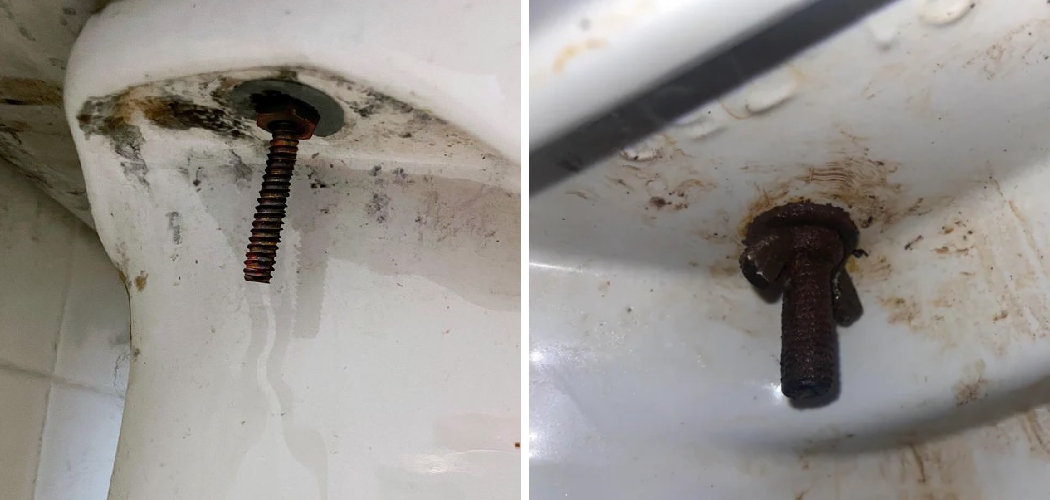Removing rusted toilet seat bolts is a common yet often frustrating task for many homeowners. Over time, moisture and regular use can cause the metal bolts securing the toilet seat to rust and corrode, making them difficult to remove.
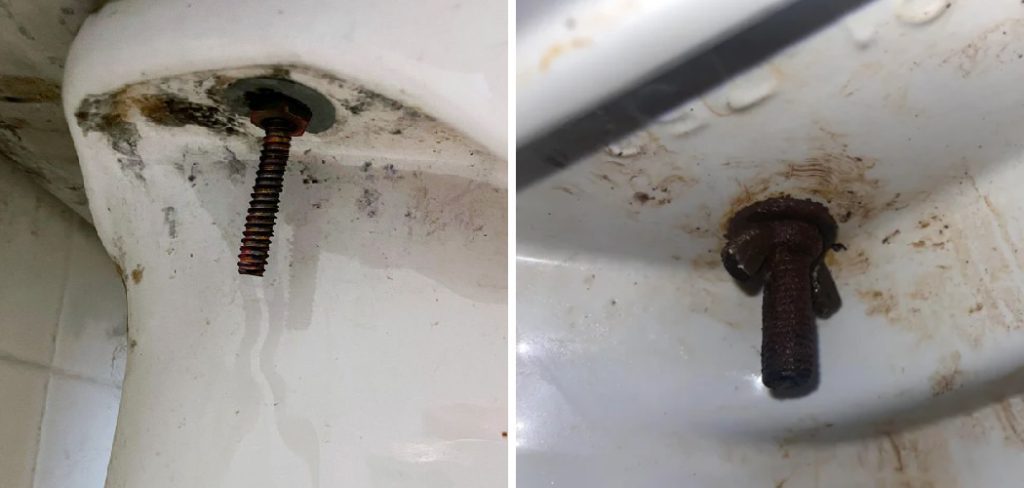
This can be especially problematic when trying to replace an old or broken toilet seat. The presence of rust not only complicates the removal process but also increases the risk of damaging the toilet or surrounding fixtures if not handled properly.
Understanding the challenges and preparing with the right tools and techniques can make the process smoother and less stressful. This article delves into the reasons why toilet seat bolts rust and offers insights into the best methods for how to remove rusted toilet seat bolts, ensuring a hassle-free experience and restoring your bathroom to its optimal condition.
Importance of Addressing Rusted Toilet Seat Bolts
Addressing rusted toilet seat bolts is crucial for several reasons. Firstly, rust accumulation weakens the structural integrity of the bolts, making them prone to snapping or breaking under pressure.
This can lead to an unstable toilet seat, posing a safety hazard for users. Secondly, rust can spread to other parts of the toilet assembly, potentially compromising other components and leading to more extensive and costly repairs. Moreover, untreated rust can create unsightly stains on your bathroom fixtures, detracting from the overall aesthetics of the space.
Ensuring that rusted bolts are promptly and effectively removed not only maintains the functionality and safety of your toilet but also preserves the cleanliness and appearance of your bathroom.
Causes of Rust on Toilet Seat Bolts
Several factors contribute to the rusting of toilet seat bolts. The primary cause is exposure to moisture. Bathrooms are typically humid environments due to frequent use of showers, baths, and even the toilet itself. This constant exposure to water and steam creates the perfect conditions for rust to form on metal surfaces.
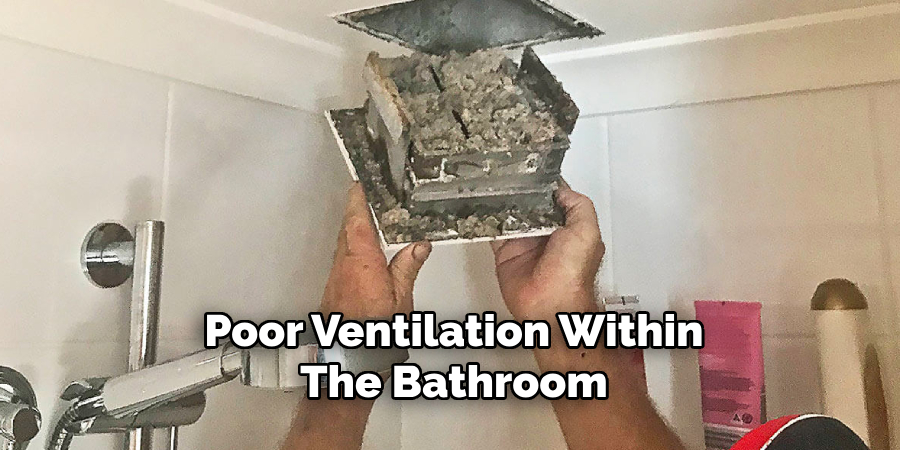
Additionally, the type of water can accelerate rust formation; water high in iron or with high mineral content can speed up the corrosion process. Another contributing factor is the quality and type of materials used for the bolts. Lower-grade metals or those not treated with rust-resistant coatings are more susceptible to rusting.
Poor ventilation within the bathroom can also exacerbate the problem by trapping moisture and reducing the rate at which surfaces dry. Over time, these factors work together to degrade the metal bolts, making them increasingly difficult to remove and potentially leading to the issues outlined earlier.
10 Methods How to Remove Rusted Toilet Seat Bolts
1. Lubrication with Penetrating Oil
One of the most effective first steps in removing rusted toilet seat bolts is to use penetrating oil. Products like WD-40 or PB Blaster are designed to seep into the rusted areas and loosen the bonds between the bolt and the surrounding material. To use this method, spray a generous amount of the penetrating oil onto the bolt and let it sit for at least 15-30 minutes.
In some cases, it might be necessary to apply the oil multiple times over a few hours to allow it to penetrate deeply. After letting the oil work, try to unscrew the bolts using a wrench or a socket set. The lubrication helps reduce friction and makes it easier to turn the bolt.
2. Using a Hacksaw
If penetrating oil alone doesn’t do the trick, using a hacksaw can be an effective method. A hacksaw can cut through the rusted bolts, allowing you to remove them without having to unscrew them.
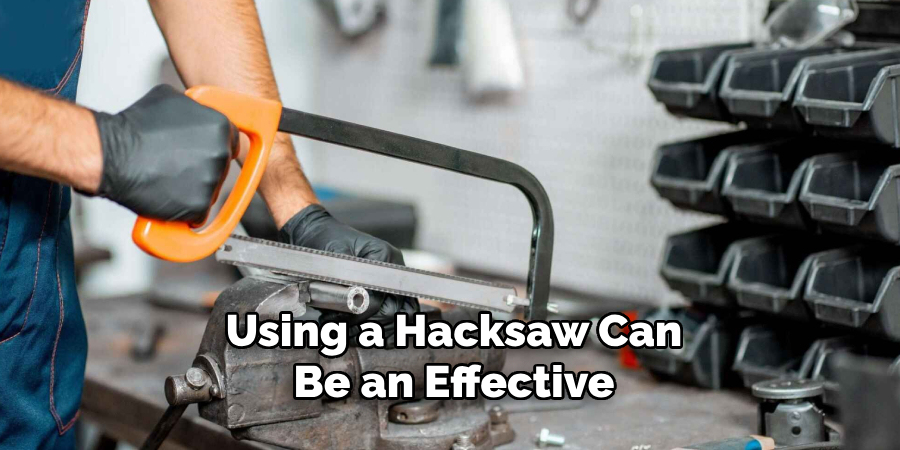
Carefully position the hacksaw blade between the toilet seat and the top of the bolt. Saw through the bolt, taking care not to damage the toilet or the seat. This method requires patience and precision but can be very effective for severely rusted bolts that won’t budge with other methods.
3. Applying Heat
Applying heat is another method to loosen rusted bolts. Heating the bolt can cause it to expand slightly, breaking the rust bonds and making it easier to turn. You can use a small propane torch for this purpose. However, caution is necessary when using this method to avoid damaging the toilet or surrounding materials.
Apply heat to the bolt for a few minutes and then try to unscrew it with a wrench. Be sure to protect your hands with gloves and use pliers or a wrench to avoid burns.
4. Using a Bolt Extractor
A bolt extractor is a specialized tool designed to remove bolts that are too damaged or rusted to be removed by conventional means. This tool grips the bolt tightly and allows you to turn it with significant force without slipping.
To use a bolt extractor, first, ensure that the tool fits the size of the bolt. Attach the extractor to a wrench or a socket set, and place it over the bolt. Apply steady pressure and turn counterclockwise to remove the bolt. This method is particularly useful for bolts with stripped heads or severe rust.
5. Drilling Out the Bolt
If the above methods fail, drilling out the bolt may be necessary. This method involves using a power drill to bore a hole through the center of the bolt. Start with a small drill bit and gradually increase the size until the bolt can be removed.
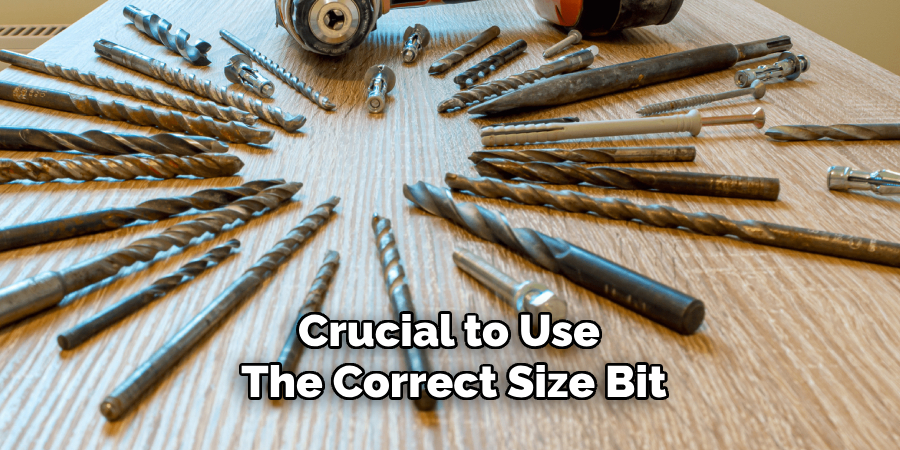
It’s crucial to use the correct size bit to avoid damaging the toilet seat or the mounting holes. Once the hole is drilled, you can use a bolt extractor to remove any remaining parts of the bolt. This method requires precision and should be done carefully to avoid further damage.
6. Using a Rotary Tool
A rotary tool with a cutting disc attachment can be used to cut through the rusted bolts. This method is similar to using a hacksaw but can be quicker and more efficient. Attach a cutting disc to the rotary tool and carefully cut through the bolt.
Make sure to wear safety goggles and gloves to protect yourself from flying debris. This method is effective for bolts that are too rusted to be turned or when other cutting methods are not feasible.
7. Employing a Nut Splitter
A nut splitter is a tool designed to break apart nuts that are rusted or otherwise stuck. This tool works by placing it over the nut and tightening a bolt on the splitter, which then drives a chisel into the nut, splitting it apart.
This method can be very effective for rusted bolts with nuts that cannot be turned. Once the nut is split, it can be removed, allowing the bolt to be taken out more easily. This tool is particularly useful for heavily rusted or damaged nuts.
8. Using a Dremel Tool
A Dremel tool, equipped with a metal cutting disc, can be used to cut through rusted bolts. This versatile tool allows for precise cutting in tight spaces. To use a Dremel tool, attach the cutting disc and carefully cut through the bolt.
Make sure to protect the surrounding areas with masking tape or a similar protective material to prevent accidental damage. This method is effective for bolts that are inaccessible with larger tools or when precision is required.
9. Soaking in Vinegar or Baking Soda Solution
Soaking the rusted bolts in a solution of vinegar or baking soda can help dissolve the rust and make the bolts easier to remove. If the bolts are not easily accessible, you can soak a cloth in the solution and wrap it around the bolts, leaving it to sit for several hours or overnight.

The acetic acid in vinegar and the alkaline nature of baking soda react with rust, breaking it down. After soaking, try to remove the bolts using a wrench or pliers. This method is environmentally friendly and can be effective for moderately rusted bolts.
10. Combination of Methods
In many cases, a combination of the above methods may be necessary to remove stubborn rusted bolts. For example, you might start with penetrating oil to loosen the rust, then apply heat to further expand the bolt, and finally use a hacksaw or rotary tool to cut through any remaining resistance.
Combining methods increases the likelihood of success and allows you to tackle the problem from multiple angles. Patience and persistence are key when dealing with rusted bolts, as each situation may require a unique approach.
Conclusion
Removing rusted toilet seat bolts can be a daunting task, but with the right tools and techniques, it is entirely manageable.
From using penetrating oils and applying heat to cutting and drilling, each method offers a solution tailored to the severity of the rust and the specific circumstances. Combining methods often yields the best results, ensuring that even the most stubborn bolts can be removed.
By following these detailed methods, you can successfully replace your toilet seat without causing damage to the toilet or surrounding fixtures, restoring both functionality and aesthetics to your bathroom. Thanks for reading, and we hope this has given you some inspiration on how to remove rusted toilet seat bolts!

